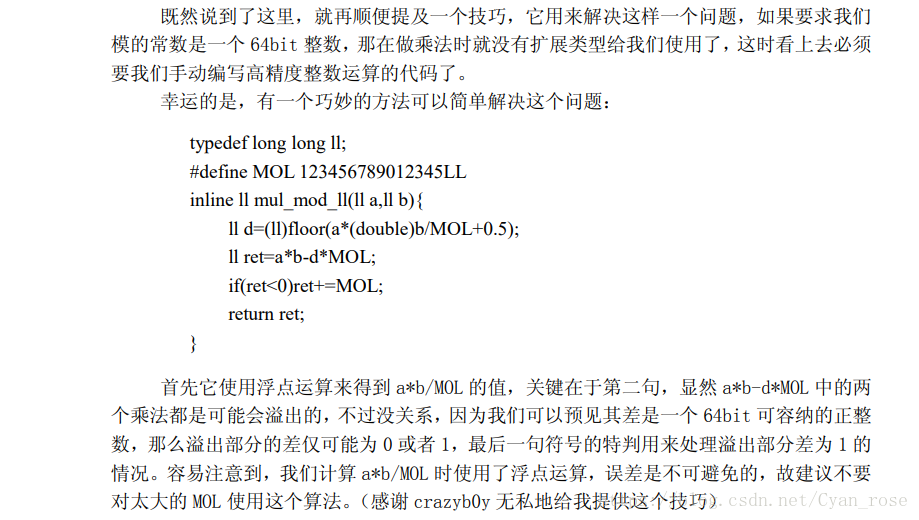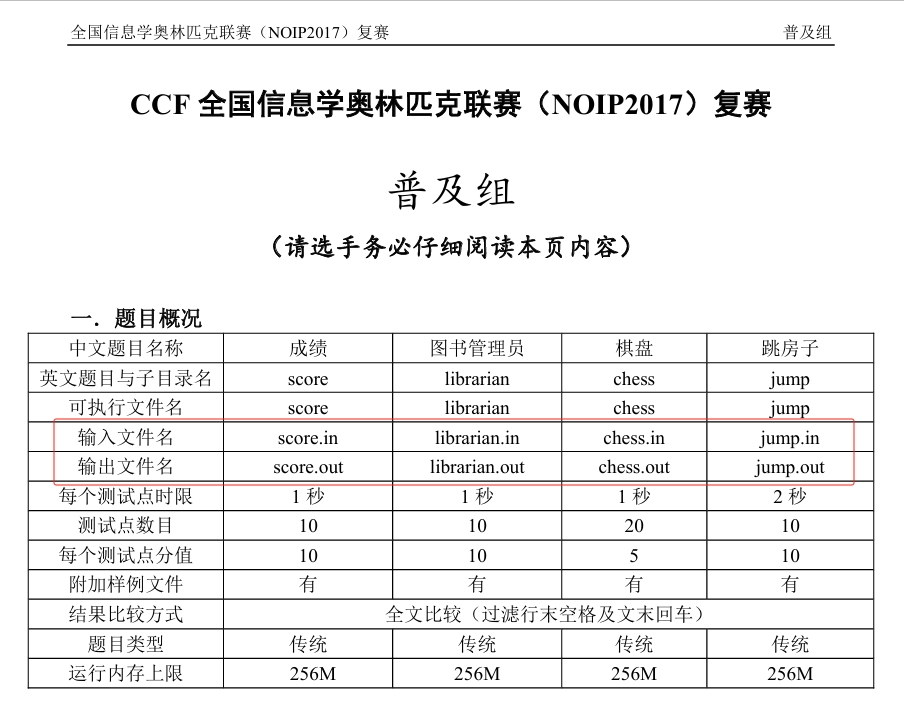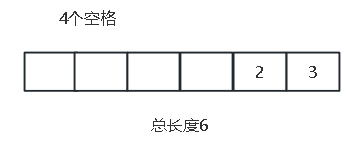【C++图形化编程】小游戏——打砖块(1)
0.前言
这篇文章我们尝试创建一个打砖块的小游戏。
1.游戏框架
根据我们前面做的一些游戏的框架,这个小游戏的框架也可以分为下面这样的框架。
int main()
{
startup(); // 数据初始化
while (1) // 游戏循环执行
{
clean(); // 把之前绘制的内容取消
updateWithoutInput(); // 与用户输入无关的更新
updateWithInput(); // 与用户输入有关的更新
show(); // 显示新画面
}
gameover(); // 游戏结束、后续处理
return 0;
}然后,我们要明白每一部分是干嘛的。
先来看最简单的startup和gameover。gameover就是结束游戏的函数,这个简单,直接用下面的代码结束画图事件就行。
void gameover()
{
EndBatchDraw();
closegraph();
},然后想想startup函数主要作用,它是用来加载初始图像和初始位置的,比如方块的位置,球和挡板的位置,然后开始画图。
void startup() // 数据初始化
{
ball_x = Width/2;
ball_y = High/2;
ball_vx = 1;
ball_vy = 1;
radius = 20;
bar_high = High/20;
bar_width = Width/2;
bar_x = Width/2;
bar_y = High - bar_high/2;
bar_left = bar_x - bar_width/2;
bar_right = bar_x + bar_width/2;
bar_top = bar_y - bar_high/2;
bar_bottom = bar_y + bar_high/2;
brick_width = Width/Brick_num;
brick_high = High/Brick_num;
int i;
for (i=0;i<Brick_num;i++)
isBrickExisted[i] = 1;
initgraph(Width, High);
BeginBatchDraw();
}其余几个函数,clean表示清理之前的图像,updateWithoutInput()表示与输入无关的更新函数,updateWithInput表示与用户输入有关的更新函数。show表示画新的图像。
代码模板如下:
#include <conio.h>
#include <graphics.h>
#define High 480 // 游戏画面尺寸
#define Width 640
#define Brick_num 10 // 砖块个数
// 全局变量
int ball_x,ball_y; // 小球的坐标
int ball_vx,ball_vy; // 小球的速度
int radius; // 小球的半径
int bar_x,bar_y; // 挡板中心坐标
int bar_high,bar_width; // 挡板的高度和宽度
int bar_left,bar_right,bar_top,bar_bottom; // 挡板的上下左右位置坐标
int isBrickExisted[Brick_num]; // 每个砖块是否存在,1为存在,0为没有了
int brick_high,brick_width; // 每个砖块的高度和宽度
void startup() // 数据初始化
{
ball_x = Width/2;
ball_y = High/2;
ball_vx = 1;
ball_vy = 1;
radius = 20;
bar_high = High/20;
bar_width = Width/2;
bar_x = Width/2;
bar_y = High - bar_high/2;
bar_left = bar_x - bar_width/2;
bar_right = bar_x + bar_width/2;
bar_top = bar_y - bar_high/2;
bar_bottom = bar_y + bar_high/2;
brick_width = Width/Brick_num;
brick_high = High/Brick_num;
int i;
for (i=0;i<Brick_num;i++)
isBrickExisted[i] = 1;
initgraph(Width, High);
BeginBatchDraw();
}
void clean() // 消除画面
{
}
void show() // 显示画面
{
}
void updateWithoutInput() // 与用户输入无关的更新
{
}
void updateWithInput() // 与用户输入有关的更新
{
}
void gameover()
{
EndBatchDraw();
closegraph();
}
int main()
{
startup(); // 数据初始化
while (1) // 游戏循环执行
{
clean(); // 把之前绘制的内容取消
updateWithoutInput(); // 与用户输入无关的更新
updateWithInput(); // 与用户输入有关的更新
show(); // 显示新画面
}
gameover(); // 游戏结束、后续处理
return 0;
}2.显示图像
void show() // 显示画面
{
setcolor(YELLOW);
setfillcolor(GREEN);
fillcircle(ball_x, ball_y, radius); // 绘制黄线、绿色填充的圆
bar(bar_left,bar_top,bar_right,bar_bottom); // 绘制黄线、绿色填充的挡板
int i,brick_left,brick_right,brick_top,brick_bottom;
for (i=0;i<Brick_num;i++)
{
brick_left = i*brick_width;
brick_right = brick_left + brick_width;
brick_top = 0;
brick_bottom = brick_high;
if (isBrickExisted[i]) // 砖块存在,绘制砖块
{
setcolor(WHITE);
setfillcolor(RED);
fillrectangle(brick_left,brick_top,brick_right,brick_bottom); // 绘制砖块
}
}
FlushBatchDraw();
// 延时
Sleep(3);
} 3.消除画面
有显示画面就有消除画面,一般来说,消除画面的原理很少是删除,而是进行标记 ,比如把用数组把某个砖块进行标记,把颜色标记成黑色。
void clean() // 消除画面
{
setcolor(BLACK);
setfillcolor(BLACK);
fillcircle(ball_x, ball_y, radius); // 绘制黑线、黑色填充的圆
bar(bar_left,bar_top,bar_right,bar_bottom); // 绘制黑线、黑色填充的挡板
int i,brick_left,brick_right,brick_top,brick_bottom;
for (i=0;i<Brick_num;i++)
{
brick_left = i*brick_width;
brick_right = brick_left + brick_width;
brick_top = 0;
brick_bottom = brick_high;
if (!isBrickExisted[i]) // 砖块没有了,绘制黑色
fillrectangle(brick_left,brick_top,brick_right,brick_bottom);
}
} 4.用户输入无关的更新
所谓与用户输入无关的更新。这里面比较重要,主要是用户改变后,碰撞检测(分成方块碰撞和挡板碰撞),得分检测,边界检测,碰撞后反弹,等。
void updateWithoutInput() // 与用户输入无关的更新
{
// 挡板和小圆碰撞,小圆反弹
if ( ( (ball_y+radius >= bar_top) && (ball_y+radius < bar_bottom-bar_high/3) )
|| ( (ball_y-radius <= bar_bottom) && (ball_y-radius > bar_top-bar_high/3) ) )
if ( (ball_x>=bar_left) && (ball_x<=bar_right) )
ball_vy = -ball_vy;
// 更新小圆坐标
ball_x = ball_x + ball_vx;
ball_y = ball_y + ball_vy;
// 小圆和边界碰撞
if ((ball_x==radius)||(ball_x==Width-radius))
ball_vx = -ball_vx;
if ((ball_y==radius)||(ball_y==High-radius))
ball_vy = -ball_vy;
// 判断小圆是否和某个砖块碰撞
int i,brick_left,brick_right,brick_bottom;
for (i=0;i<Brick_num;i++)
{
if (isBrickExisted[i]) // 砖块存在,才判断
{
brick_left = i*brick_width;
brick_right = brick_left + brick_width;
brick_bottom = brick_high;
if ( (ball_y==brick_bottom+radius) && (ball_x>=brick_left) && (ball_x<=brick_right) )
{
isBrickExisted[i] = 0;
ball_vy = -ball_vy;
}
}
}
}5.与用户输入有关的更新
这个游戏中与用户输入有关的部分主要是挡板,也就是是用户按下某些按键时,然后挡板跟着移动。
void updateWithInput() // 与用户输入有关的更新
{
char input;
if(kbhit()) // 判断是否有输入
{
input = getch(); // 根据用户的不同输入来移动,不必输入回车
if (input == 'a' && bar_left>0)
{
bar_x = bar_x-15; // 位置左移
bar_left = bar_x - bar_width/2;
bar_right = bar_x + bar_width/2;
}
if (input == 'd' && bar_right<Width)
{
bar_x = bar_x+15; // 位置右移
bar_left = bar_x - bar_width/2;
bar_right = bar_x + bar_width/2;
}
}
}把代码拼装起来,就可以运行了。
扫描二维码推送至手机访问。
版权声明:本文由青少年编程知识记录发布,如需转载请注明出处。



